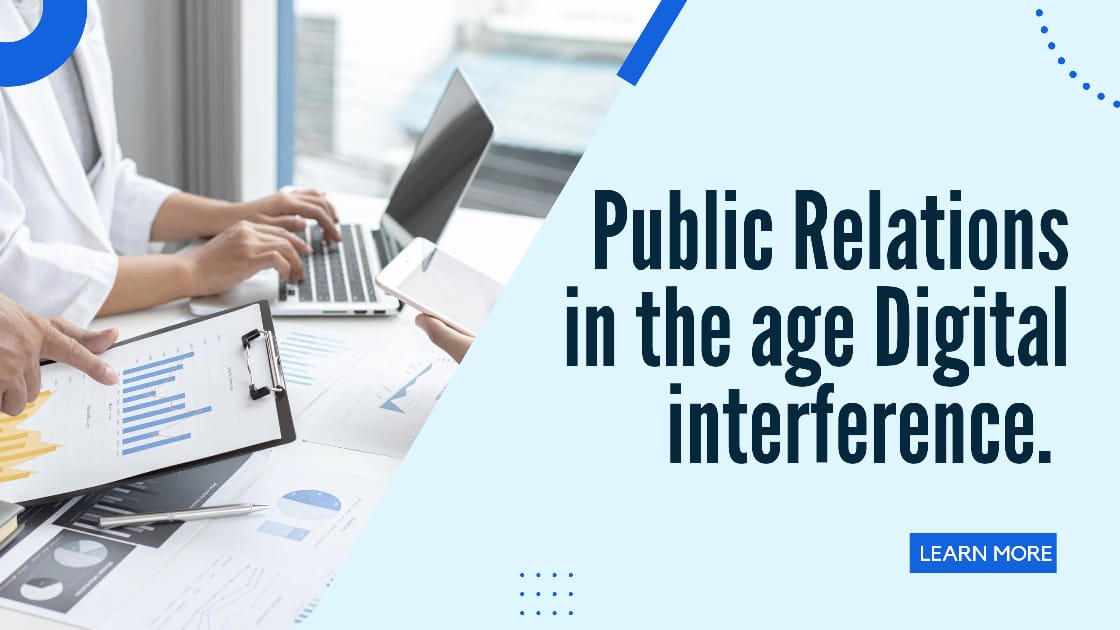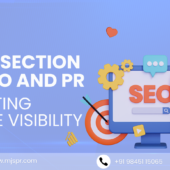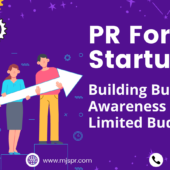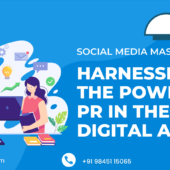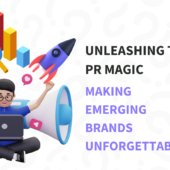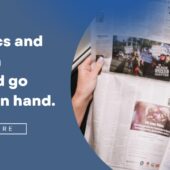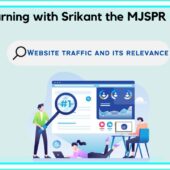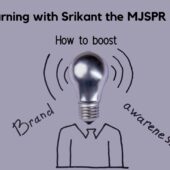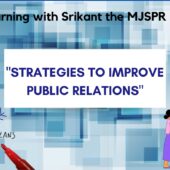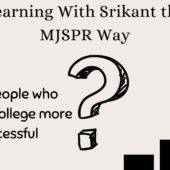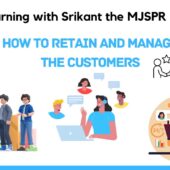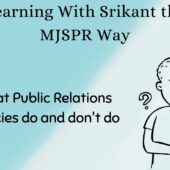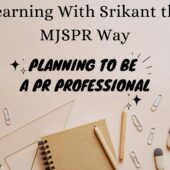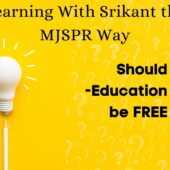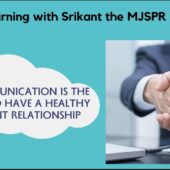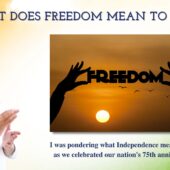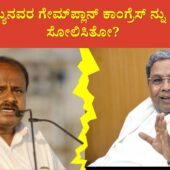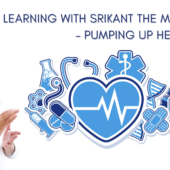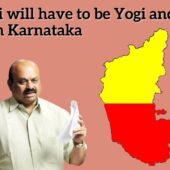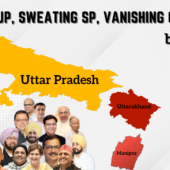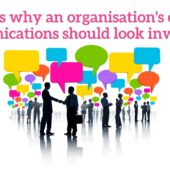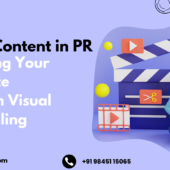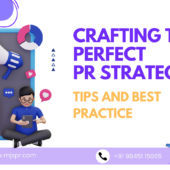Many years ago, nobody would have thought of paying for an item in a shopping center with a watch or a mobile phone. Who knew we could access health care with an app, or even go shopping in the metaverse and have it delivered to our door?
Welcome to the age of digital disturbance!
One of the most used phrases in today’s world Business world is “Digital Disruption“: the era in which digitization is shaking up virtually every industry, thanks to an increase in computing power, the introduction of technologies and the exchange of information. From the retail industry to transportation to fashion, digital disruption is challenging the status quo.
In the consumer goods industry, for example, two powerful forces are changing the nature of consumption. Empowered consumers and disruptive technologies have prompted companies to look for new business strategies and ways to connect with consumers. Today’s consumers are more connected and empowered to make choices. They demand experiences, not just products, and are active participants at every stage of the value chain, acting as innovators, marketers, curators, and influencers.
In order to remain competitive, relevant and meet dynamic market demands, the PR industry has also had to restructure its business models to increase client ROI and leverage more news channels, more communication tools and more interaction with viewers.
Redefining Public relations
Disruption has modified enterprise fashions and the manner human beings think, experience and behave. It calls for human beings to conform to new approaches of communique. Disruption ends in the emergence of recent thoughts and expectancies and calls for PR experts to be innovative and innovative. It additionally calls for corporations to hold updates and live in advance of contemporary tendencies and be aggressive and appealing to their audiences. The PR companies that thrive nowadays have achieved so through adopting a mix of conventional PR and Digital PR in handing over services.
Technology, gadgets, automation of techniques, social media, or improvements in phrases of services and products now have an effect on the degrees of planning, executing, and dealing with a communique strategy. Communication techniques are integrated; campaigns are integrated, blending one of a kind communique techniques. Today, campaigns combine virtual and non-virtual techniques letting them attain goal audiences within the first-rate manner viable on the proper time with the proper content material.
While conventional practices nevertheless play a chief function in strategic campaigns and branding strategies, virtual disruption has delivered with it new distribution techniques and size gear that permit PR experts to song marketing campaign effects in real-time. Today, with social listening gear like Meltwater, the technique is even simpler as it channels information right into a single dashboard to offer a clearer knowledge of usual social engagement.
Google Analytics additionally permits practitioners to record campaigns successfully. With an easy block of code, one could degree onsite visitors, song visitors sources, time on site, the leap rate, consumer demographics, conversations and more. It additionally gives real-time reporting.
Traditional public relations (PR) talents, which includes compelling writing and media relations, continue to be on the coronary heart of PR. But because of virtual disruption, extra talents like social media content material creation, content material analytics, SEO, and programming, have broadened the spectrum of talents required of nowadays PR practitioners. These talents ought to supplement conventional talents a good way to create and examine PR in a hyper-virtual world.


